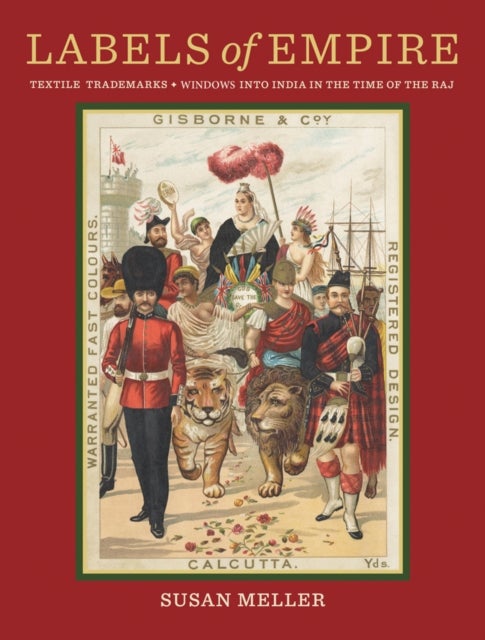
Labels of Empire av Susan Meller
1629,-
<p>At one time Great Britain clothed the world. In the 1880s, when the British textile industry was at its height, 85 percent of the world¿s population wore clothing made from fabric produced in the mills of Lancashire. From 1910 to 1913 alone, seven billion yards of cloth were folded, stamped, labeled, and baled. Most of this output was for export, and 30 percent of it went to India.<br><br>British textile manufacturers selling into the competitive Indian market were dealing with a largely illiterate population. In order to differentiate their goods, they stamped their cloth with distinctive images¿a crouching tiger or perhaps an elephant standing on top of a globe. When chromolithography came into widespread use in the late 1800s, illustrated paper labels (known in the trade as ¿shipper¿s tickets¿) made to appeal to the local people were added. Designed, printed, and registered in Manchester, these brightly colored images were pasted onto the pieces of cloth being sold, further helpi








